Submitted by Aspergillus Administrator on 11 November 2009
Reactive oxygen molecules are known to be important in fungal development and virulence.
The researchers have found that a fungal protein called “TmpL” is critical for the infective process of host tissue and helps the fungal pathogen regulate oxidative stress responses-inflicted upon as a result of the host immune response to infection.
The current study shows that TmpL is essential for both types of fungi to cause disease in their host cells. Dr. Kwang-Hyung Kim at VBI, the lead scientist working on the project, remarked, “TmpL appears to be located in the membrane of the Woronin body, a specialized peroxisomal organelle found specifically in the cells of hyphae in filamentous fungi. When the function of TmpL is impaired or its gene inactivated, both A. brassicicola and A. fumigatus show drastic decreases in their ability to cause disease in the experimental host systems of cabbage, Arabidopsis, and the mouse. Deletion of the TmpL gene also makes the fungi extremely sensitive to oxidative stress in the lab.”
Dr Lawrence at VBI said: “In this study, we provide the first evidence that a certain type of disease-related protein from both a plant and animal fungal pathogen is critical for protecting the pathogen and for causing infection of healthy host tissue. As such, this protein represents a good starting point as a potential target for the development of efficient and novel therapeutics for both plant and animal fungal diseases.”
more information
News archives
-
Title
Date



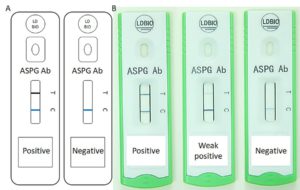

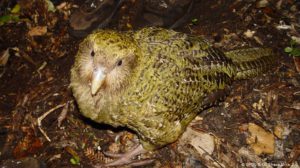
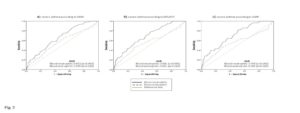
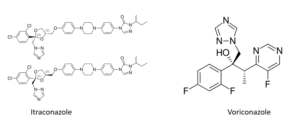
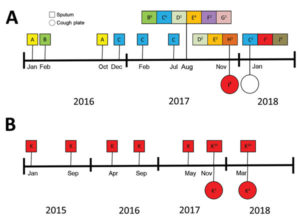
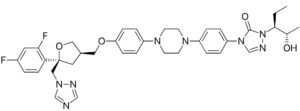
![Gulu referral hospital[2] Gulu referral hospital[2]](https://www.aspergillus.org.uk/wp-content/uploads/2019/03/Gulu-referral-hospital2_0-232x300.png)